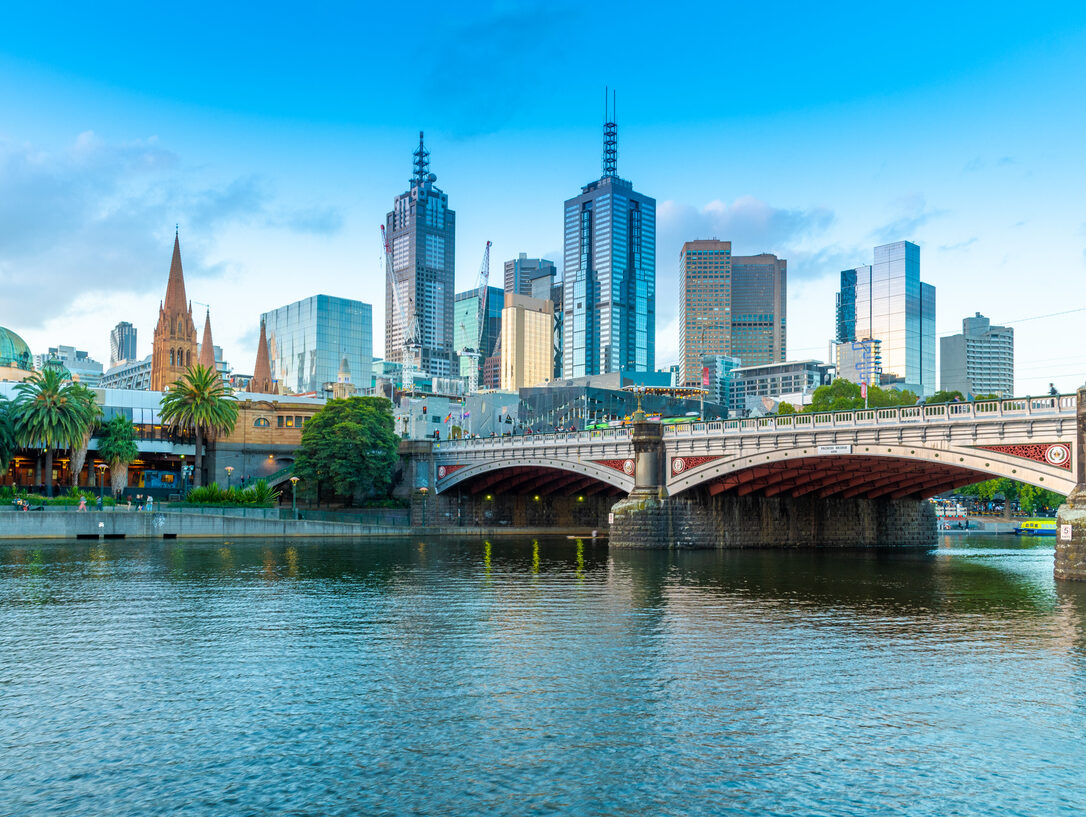As the world accelerates its response to the COVID-19 pandemic, the increase of stay-at-home mandates by employers and governments to protect community health is leading businesses to shut their doors temporarily or alter the way they do business. The subsequent slowing of the economy requires utilities to prepare for the impact of decreasing power demand from commercial and industrial (C&I) customers, and an increase in energy demand from households. While (as of this posting) grid operators in the US have not yet seen any substantial effects on demand, regions like northern Italy – which has been one of the hardest hit by the virus – has seen a 18.1% decrease in electricity demand in the first week after the regional lockdown commenced on February 21.
Some early predictions for the US indicate that while daily residential energy consumption could increase by 6-8%, industries like schools and commercial buildings could see a reduction in energy usage. The overall system demand should experience only a minor reduction in usage. As we look ahead to summer, while any lingering economic slowdown could reduce overall energy consumption, S&P Global is predicting a recovery in the second half of the year. In addition, utility executives are also expecting to see a disruption to the workforce from COVID-19, which could negatively impact outage restoration efforts, as well as operation and maintenance activities.
Fortunately, given the critical nature of power infrastructure, the energy industry is synonymous with long-term scenario planning, comprehensive risk and asset management strategies, and business continuity in the face of adversity. The grid is resilient because it has diversity in supply resources, redundancy in infrastructure, and a tool kit of emergency measures, such as demand response. Given household energy demand is relatively stable during periods of economic distress, initiatives such as smart thermostat demand response programs will continue to be a key resource in managing energy supply security in 2020.
As whole families are bunkered down at home together for an extended period, utilities need to be cognisant of their customers’ heightened anxieties around comfort, control, cost, and conflict while considering how best to administer DR programs this cooling season. For example, thermostat settings can be a source of conflict in normal family dynamics. In running demand response events, utilities need to ensure they are maintaining peace-of-mind for customers, by:
- Being empathetic to customers and providing upfront, relevant,and appropriate messaging – especially in peak demands times
- Informing customers ahead of an event that it is going to occur and what they should expect, providing personalized tips, and reinforcing the value they are providing by participating, and
- Wherever possible leveraging personalized dispatch strategies that take into consideration the unique temperature preferences and characteristics of the household, to ensure that customers remain within their comfort band throughout an event.
While there are likely many weeks and months ahead of us as we adapt and respond to the impacts of COVID-19, we can take some comfort in knowing the US energy industry has the strategies and tools in place to ensure the lights stay on. Customers are depending on their utility more than ever, and this is an opportunity for utilities to deepen their relationship with their customers via personalized interactions. Demand response can be a tool for utilities to help customers manage their energy usage, but utilities need to be sensitive to customers’ needs during this challenging time.





